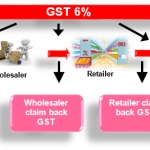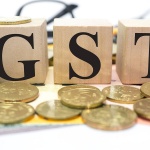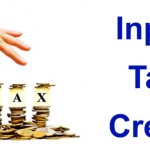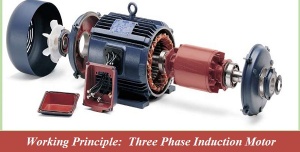Goods and Services Tax Overview in Detail
The Goods and Services Tax (GST), one of the biggest landmarks has already shown its significant impact on both the buyers and sellers in the market. The price of certain goods have risen whereas, some commodities have become cheaper. GST is aimed at boosting our economy and filling the loopholes in the tax regime of India.
It is a single comprehensive tax regime that will be applicable to all states in India on the sale, manufacture, and consumption of goods and services.
Since the same tax regulation is applicable to different states, e-commerce companies (as well as those from other industries) will not have to struggle with the complex regulatory structure that prevailed in the country. They will also be able to devise strategies in keeping with the GST norms. GST will bring transparency and simplification of taxes. The motto of “one nation, one tax” will lead to equality in tax and ease in the transportation of goods. It will make life easy for those who sell across the states.
The GST has four tax slab i.e 5%, 12%, 18% and 28%. The government has placed major goods and services under 18% tax slab. There are a total of 1211 items under various tax slabs.
Components of GST (Goods and Services Tax)
GST has three proposed components, namely:-
- Central Goods & Services Tax
- State Goods & Services Tax
- Integrated Goods & Services Tax
The Central and the State government will levy CGST and SGST respectively on the intra-state movement and supply of goods. IGST, on the other hand, will be levied upon the inter-state movement and supply of goods and will be collected by the Central government.
What is the Impact of GST on the B2B e-commerce market?
Irrespective of how small or established an e-commerce portal is or how much of revenue is generated by the e-commerce portal they have to get registered under GST. With GST B2B commerce would result in a more efficient supply chain where tax credits flow seamlessly and outside state sales and purchases are not penalized. GST will resolve many supply chain issues surrounding e-commerce.
The shipment and returns across the country will be done more efficiently and with lesser paperwork. The efficiency in the supply chain will also mean quicker deliveries. Companies will also be able to execute more efficient supply chain strategies, with warehousing based on strategy rather than tax requirements. More importantly, with a uniform tax structure across India, goods can be priced and margins can be calculated properly without worrying about where the product is finally shipping.
Supply Chain under GST
GST would allow flexibility in the supply chain in which the manufacturer can look at the following benefits:
- The supply chain based on logistics and cost will be optimized
- The inventory holding in the supply chain will be consolidated
- Avoid penalty for selling outside the state since input credits for raw materials and consumables can be set off against tax liability for inter-state sales as well
- Flexibility in supply to end-customers wherein any node of the supply chain can service the customer.
However, with the opening up of these opportunities the manufacturers would also need to be prepared for the complexities arising out of GST:
- GST requires a complete matching of purchase and sales between buyers and sellers at every level.
- Enquiries and sales can happen at every level of the supply chain and for growing sales manufacturers would need to ensure proper tracking of these transactions.
- With more markets opening up manufacturers will have to provide product information and mechanism to reach to customers in previously untapped markets
With the growth of digital content delivery on web and mobile, it would be prudent for manufacturers to look at the digital medium to publish their product details and reach out to customers.
Final Words About the Use of GST in India
The implication of GST is likely to simplify the logistics issue for e-commerce companies. Also, the practice of companies to minimize their tax liabilities by finding loopholes in the past sourcing, distribution and warehousing strategies will have to undergo a change.









Average Rating